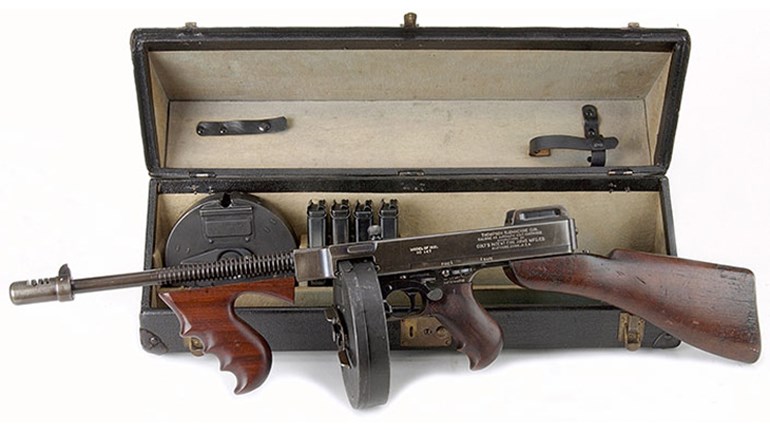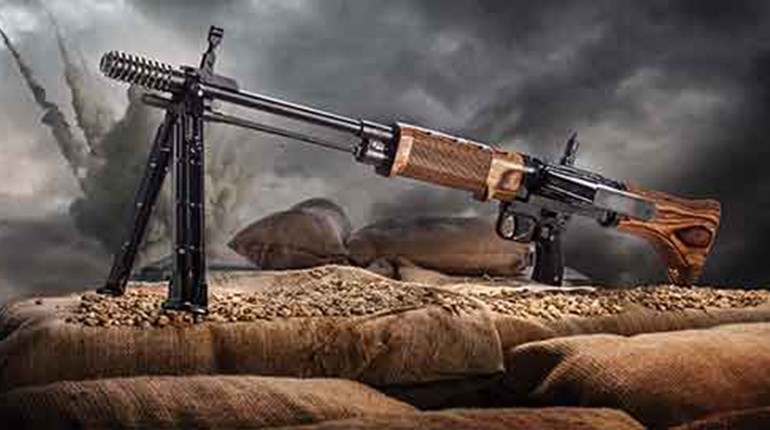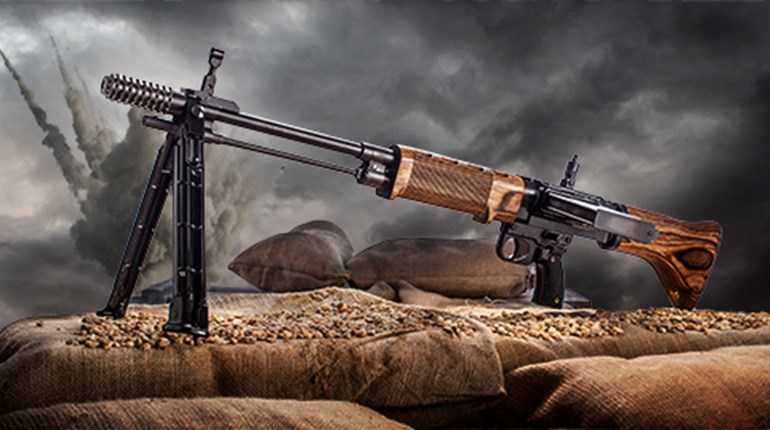
Why Bob?
Bear with me on this. It’s hazy.
I seem to remember several elements coalescing one night in the kitchen of a house in which I lived in Columbia, Md., around 1990. My wife and kids were asleep. It was late. I was in a period of next-book distress. Liquor in some form may have been present. Depression in all forms was definitely present.
And then Bob spoke to me.
Well, no, he didn’t.
Nobody spoke to me. I didn’t even speak to me. Tick-tock, tick-tock, the night oozed by, and I felt terrible because I had no reason to feel bad, but I did anyhow. Like most writers, I was a man of constant sorrow. But still, I had just published Day Before Midnight. Wasn’t that the commando one? Delta versus Spetsnaz. It had a brazen spunk, and books of brazen spunk usually do well. It did well.
I was 45 and was both a novelist and a movie critic; childhood dreams actually had arrived; wife and kids were beautiful and smart and better than I deserved; the house was the best one I had ever lived in; the future looked swell, if only I could figure out what it would be.
Tick-tock, tick-tock.
Do great ideas arrive as if by telegram from way above your pay grade? It sure didn’t happen that night. No bolts, no zaps, no bingos. I’ve had those, but on this night all was quiet on the cerebral front. The only thing that happened that night could be called a phenomenon of twitches, maybe itches, maybe tics, maybe gooses or pokes—small discharges of brain electricity that announce the arrival of new product, from somewhere.
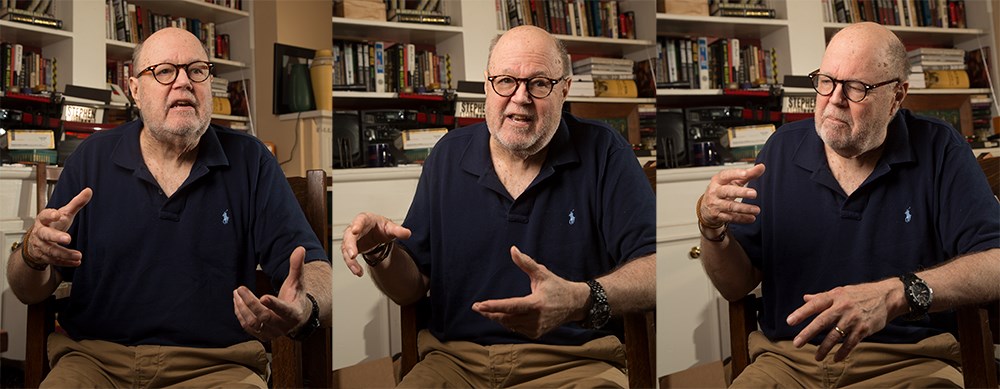
The first twitch was a remembrance of a thing past. I had worked as an editor on a Sun magazine two-part series by a wonderful old guy named Ralph Reppert. Ralph had connected with another old guy named Howard Donahue, a war hero, Baltimore County gun-store owner and renowned rifle shot. Howard had a JFK assassination theory he wanted to put before the public and he convinced Ralph to be his amanuensis.
That theory need be of no concern here. But Howard’s absorption into JFK assassination culture arrived via an interesting mechanism. In the mid-‘60s, CBS had hired the then-extant HP White Ballistics Laboratory, of Street, Md., to run some tests. They rigged up (in scaffolding) a replica of Dealey Plaza on 1:1 scale, so that shooters of skill with a scoped Mannlicher-Carcano 6.5 mm would deal exactly with Oswald’s problems of geometry, distance and deflection, and would thereby demonstrate if three shots could result in two hits at 80-odd yards on a moving target in 5.6 seconds. Howard was one of several who did it. That sent Howard off on his odyssey, whether reasonable or not.
Reading about it likewise provoked me. But what lingered in my mind was no Kennedy possibility; rather, it was the image of an unknowing shooter in a mock-up realizing what he’d been asked to re-create and deducing that the sponsors were up to mischief. Double-bubble, boil and bubble, my mind conjured then abandoned possibilities. I realized it was just a start, not a story proper. It wouldn’t work without a shooter of note. Oh, and a plot.
Enter the shooter. But he’s not yet Bob Lee Swagger. He’s just a guy.
I saw him quite clearly. Off Tom Wolfe’s observation that during World War II, more Medals of Honor were earned by Scotch-Irish Southerners than from any other region. He would be Southern, calm in demeanor, someone who worked like a mule without snort or squeal, who seemed not to notice the weather and, of course, had a Nashville twang guaranteed to make you think you’re smarter than he is. That was—and still is—the joke at the heart of the whole thing. Everybody thought they were smarter. They never were, as they would learn too late. But even at that early stage, I knew he couldn’t be just pure force, a gun with man attached. He had to be more—as clever as Hercule Poirot and as sly as George Smiley. Since I’m neither, this would take some effort.
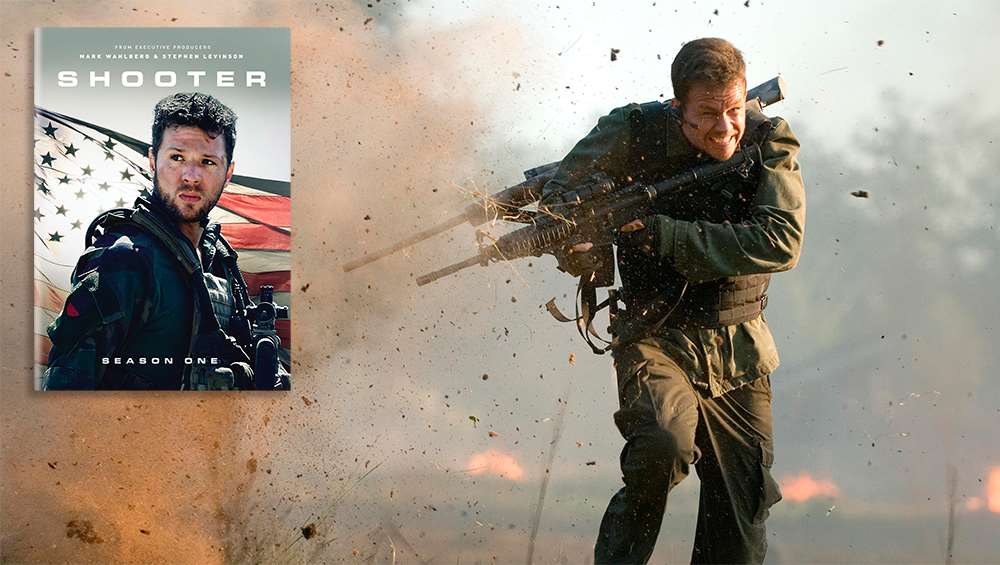
The conceit was fairly radical for a time when anti-gun bias had crested, driven by media falsehoods of ceramic guns and killer bullets and monster magazines. Then-presidential-wannabe Bill Clinton promised a high-capacity ban and Joe Biden claimed he’d get it through the U.S. Senate. Shooters, our media masters claimed in chorus, were hardly human; they were grotesque abnormalities who drooled, wheezed and belched. Gun owners were supposed to be swamp things out of some prissy anti-gunner’s foul rag-and-bone shop of an imagination.
I begged to differ. I came to this from my own tentative penetrations into the gun culture. After lots of range time, lots of malingering at gun shows and much magazine reading (I was a junkie), it occurred to me these guys knew what they were talking about—that is, when they talked, which was rarely. They weren’t yappy, gabby, autobiographical or desperate for approval or attention. They hated the language of the intelligentsia, which was ironic. They saw no point to it. They were sustained by their passion and didn’t give a damn if you weren’t. The insults that came their way were meaningless, carrying no truth, force or danger. The last thing they needed was the affection of poltroons.
The play of class was clear here, as I meant to run a shrewd blue-collar country guy hard against effete, snippy snobs of privilege, folks who’d never in their comfy lives chugged a Mountain Dew, slapped a mosquito and then got back to changing a tractor’s air filter. Of guns, they would know nothing except falsetto panic, like the little piggy crying wee-wee-wee all the way home. That offered much fun. It also might have reflected some inner drama: After 20 years in journalism, I was beginning to see through it and seek my escape, though perhaps I wasn’t quite able to conceptualize that urge yet.
Are we now at the part where Carlos Hathcock comes in? To be honest, I’m not sure. I had read the Charles Henderson biography and found much to stimulate me, even if some seemed a little overblown. But he was Marine Corps combat; I was army non-combat, and I felt as if I’d be trespassing on sacred ground. No public-information office rangers wielding typewriters need apply, that sort of thing. Still, the hero could be a “gunnery sergeant” like him. I loved that rank; it said it all. Also—Arkansas! It was as exotic to me as Xanadu or Middle Earth. Also, his spotter was killed in action, which gave him a cargo of regret and pain, all quite interesting colors to work with.
In the end, I can’t remember a moment when I formally decided to use Carlos as the model. There was no Carlos-Bob epiphany. It just seemed to be the path of least resistance. So it goes, so it went.
At the same time, I knew nothing of Carlos’ past, his psychology, his vices and flaws, and it felt wrong to investigate the real man for selfish reasons. Instead, I borrowed sloppily and recklessly from my father’s clan Hunter history of Scotch-Irish violence, anger, folly and alcoholism, which he fled agrarian Missouri to escape, but in the end never could and it killed the poor bastard, young and squalid. I exaggerated. I mythologized. I reversed moral polarities. I invented tragedies of heroic men dying young and dispirited old men dying alone, mostly based on penny-comic notions of Faulknerian fiction—not that I had read anything of Faulkner but his flap copy. But I got some private pain into it. So, in a sense, Bob is autobiographical, except for the hero part. And the shooting part.
“Someone once told me ‘Bob Lee Swagger’ sounded like it had been produced with an algorithm that processed every single NASCAR driver in history. He meant it as an insult; I took it as a compliment.”
Bob would have the gene. Some few do, but most don’t. I don’t. Gunfighters and lawmen such as Hickok and Hardin, Hamer and Barrow, seemed to have it. Exhibition shooters, too: The great Annie Oakley and her husband Frank E. Butler had it. Dillinger didn’t have it, nor Nelson, but maybe Charles Winstead, the Texas FBI agent who pursued both and killed one, did. Massad Ayoob calls it a form of autism. Who really knows? It’s not a superpower but it is a power, clearly a form of higher-athletic magic that allows a man to pick up any gun any time anywhere and hit any target fast, even while people are shooting at him. I didn’t know where it came from yet, or how it ended up blessing and cursing a strain of Swaggers in Western Arkansas ... yet. It would take a few more years. (See Targeted.)
Finally, his name. Someone once said it had to have been produced by an algorithm that processed every single NASCAR driver in history. He meant it as an insult; I took it as a compliment. It had that Jim-Bob two-first-name thang going for it, which you won’t find in Cambridge, either Massachusetts’ or England’s, and a strong-as-steel last name adopted from my good friend the late Weyman Swagger. Validated as real by Weyman, it never sounded fraudulent to my ears like “Nick Fury.”
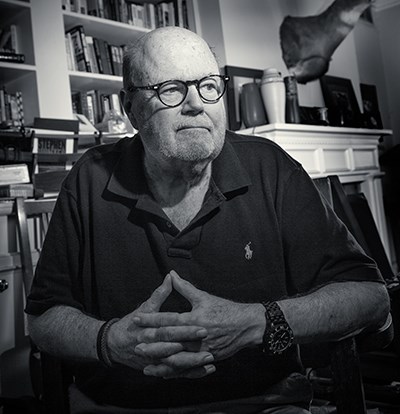 Thus launched, I set off, hoping to discover a plot as I worked. It finally arrived about three years later; meanwhile I spent the time writing gun fights and meetings. One day, someone named Nick Memphis showed up, God knows from where. Another day, in about 30 seconds, I rattled off a one-paragraph account of Bob’s father, Earl, a Medal of Honor recipient for Iwo, gunned down in a cornfield by white-trash grocery-store robbers. Then I probably had a beer or nine and watched a ballgame, with absolutely no idea that 17 more books would spring from that 30 seconds. Very late, I broke one unsatisfactory character into two believable characters, which probably made the book professionally publishable and made so many plot problems disappear. Somehow, like the anti-melodramatic night that spawned it, it got done.
Thus launched, I set off, hoping to discover a plot as I worked. It finally arrived about three years later; meanwhile I spent the time writing gun fights and meetings. One day, someone named Nick Memphis showed up, God knows from where. Another day, in about 30 seconds, I rattled off a one-paragraph account of Bob’s father, Earl, a Medal of Honor recipient for Iwo, gunned down in a cornfield by white-trash grocery-store robbers. Then I probably had a beer or nine and watched a ballgame, with absolutely no idea that 17 more books would spring from that 30 seconds. Very late, I broke one unsatisfactory character into two believable characters, which probably made the book professionally publishable and made so many plot problems disappear. Somehow, like the anti-melodramatic night that spawned it, it got done.
It’s a blur, really. It took nearly four years, with the assistance of a very good editor named Ann Harris. But 30 years later, it’s mostly vapors. There’s a lot I’m not sure of. Was it that one night or was it a series of nights? Did I start with Bob or arrive at him later? It seems like I must have carried the mystery of the JFK parallel around for a long time. Did I get the right cuckoos in the right boxes? Maybe if I told it again, it would come out different.
Yet, both the man and the book seem to sail on, unconnected to me. A movie occurred, then a TV show. Why? Perhaps because Bob Lee Swagger represents something many elites despise but most other people love: A smart, heroic icon who stands for American freedom and doesn’t give a damn if you don’t like it. So, the franchise just keeps rolling along. This very day I received $1,895 for something called the Italian kiosk edition, arriving 29 years almost to the month after the original publication. Very nice, even if I have no idea what a “kiosk edition” is, but they tell me that that check, like all the others, will clear.













